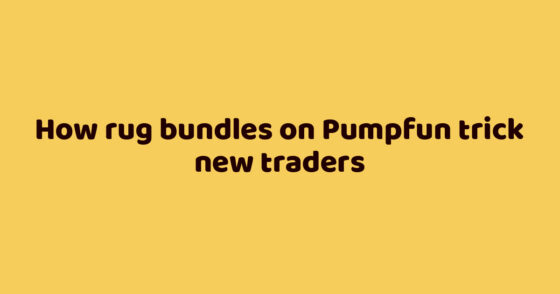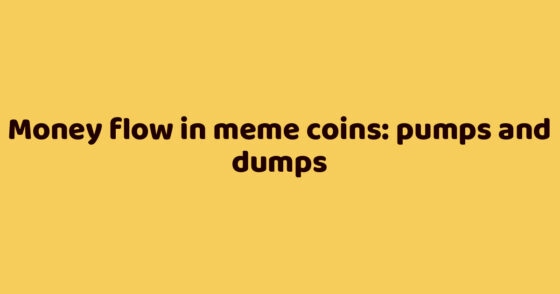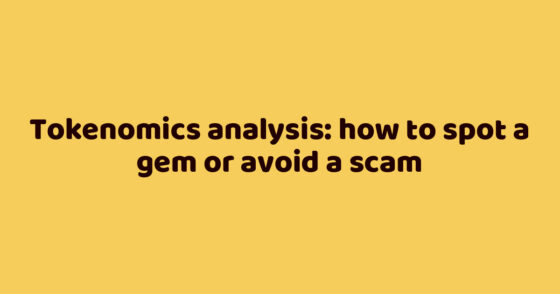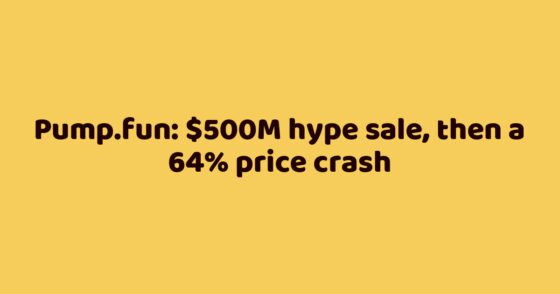If you’re trading with the Martingale strategy, you must clearly understand that this is not a classical risk-reward strategy and not a way to get rich through “doubling down.” It’s a method of position management for situations where the market doesn’t move in your favor from the first step — and possibly won’t for several more steps.
Martingale requires a different mindset for trading. We trade with the hypothesis that our entries are not precise — so we average down to achieve a better average price. We also accept that our exits won’t be perfect either, so we exit in parts. This is not a safety net to avoid losses — it’s a systematic approach to dealing with the probability of error.

What is Martingale?
Martingale is a strategy where, after each losing trade, you increase your position size. The classic version involves doubling — so that one winning trade covers all previous losses.
This idea comes from gambling. A player bets on “red,” and if “black” hits, they double the stake and bet on “red” again. This continues until “red” finally hits. On paper, it seems like a sure win — eventually, the right color will show up. But real life is harsher — casinos have betting limits, and players have limited bankrolls. In the end, it’s not patience that wins, but the system that defines the rules.
Beginner and Gambler Mistakes
The first mistake is treating Martingale as a way to “boost your account.” Beginners often increase position sizes without a plan, without step limits, and without defined zones for taking profit. They turn a survival strategy into a bet on a miracle.
A gambler does almost the same: they scale up when they feel they’re “about to recover,” and before locking in profits, they go all-in again. They’re not doubling to achieve a calculated gain — they just want to enter with maximum volume, as if the next trade is guaranteed to succeed. That’s no longer a strategy — that’s gambling in disguise, with formulas and illusions of control.
If You’re Always Right, Martingale Won’t Help You
Some believe that with Martingale, you don’t need stop-losses — since you’ll “average in and recover the trade.” That’s a dangerous illusion. Without limits, you’ll either be stuck in a losing position for months, turning into a long-term investor against your will, or face liquidation on leverage before you even finish averaging.
The phrase “if you’re always right, you don’t need Martingale” isn’t sarcasm — it’s a metaphor. It refers to those who refuse to accept losses, drag out every trade to the bitter end, and don’t know how to exit by rules. In the end, they either blow up their account or burn out psychologically.
Stop-loss isn’t weakness. It’s part of the strategy. Even one based on accepting errors.
So Why Use It at All?
In real trading, there are no perfect entries. We almost always enter slightly early or slightly late. Martingale isn’t about predicting correctly — it’s about coping with being wrong. And it’s not about enduring and hoping the price will reverse eventually. Martingale helps you get a better entry by improving the average price. You’re not aiming for a huge take-profit on the full volume — you’re trading in series, not one-shot hits.
It’s important not to turn Martingale into aggressive position-building in pursuit of massive profits. When using Martingale, we accept that entries and exits won’t be perfect. That’s why we take profits in parts:
We’re not maximizing profit — we’re aiming for reliability. If your entries and exits are incredibly precise, this strategy isn’t for you.
In case of a pullback, we can buy more and improve our average price again. And we’ll have free capital, since we’ve already locked in partial profit earlier.
Trading isn’t built around waiting for perfect entries. The entry will almost always be slightly off — and that’s what the Martingale strategy is meant to handle. It’s not an aggressive capital-boosting tactic, but a way to manage imperfection: I can be wrong, but I have a plan for that.
Key Points to Understand About Martingale
We don’t trade the entry — we trade the system.
And this system works only under several conditions:
- You don’t double down, but increase gradually (e.g., by 20–30%)
- You average in based on pre-defined zones or setups, not emotions
- You exit in parts, reducing risk and freeing up volume
- You set the number of steps in advance
Martingale works not when you hope for a rebound, but when you have a system that accounts for the possibility that it might never come.
This is not a strategy for those who want to be right. It’s a strategy for those who want to stay in the game.
Hypotheses Behind Conscious Martingale
- I don’t know and likely won’t guess the exact entry. So I accept in advance that the price might go against me.
- I can’t predict the perfect exit. So I take profit in parts.
- I’m limited in capital and number of steps. So I calculate every averaging entry in advance.
I always leave room for one more averaging or accept a loss. If I have no reserve and no stop, and I’m stuck in a trade — the strategy is broken.
And all of this is not a sign of weakness or insecurity. It’s an approach where recognizing your limitations becomes part of a working system.
The Trap of “Just a Little More” Averaging
The problem with Martingale is the trap of “just a bit more.” Each new buy-in feels temporary: “It’s only dipped for now, reversal is coming.” But the more you average in, the more emotionally attached you become to the idea of reversal. It drags you in.
Trading turns into a battle with yourself, and the longer there’s no rebound, the harder it becomes to admit it’s time to exit. That’s why having a pre-set number of averaging steps (and a max position size) is critically important.
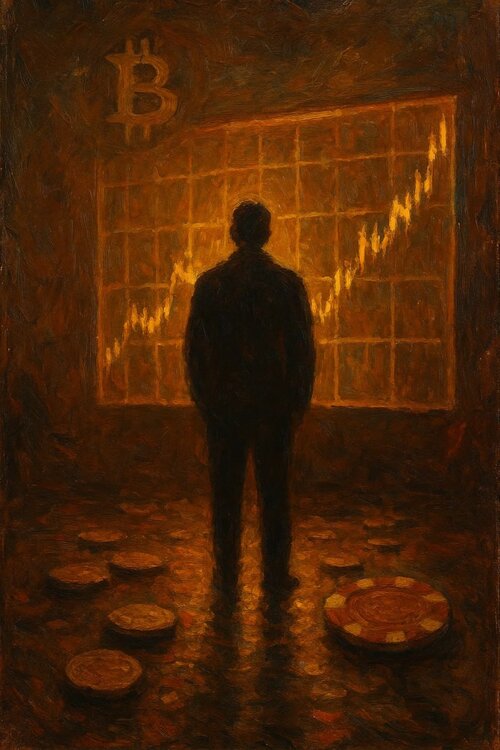
Martingale Is Not About Profit Maximization
Many confuse Martingale with adding to a position when they’re confident. We don’t add on confirmation, retests, or increased probability of a take-profit. We add only when the price goes against us.
Averaging is a defensive move — not an offensive one. If the position immediately moves into profit — great, we lock it in gradually and move on. It’s okay if the profit is on a small volume. We’re not trying to “scale the volume” — this isn’t about maximizing, it’s about survival and improving entry price.
Formats of Use
- Entry grid, exit grid: Predefine multiple entry and exit zones and follow them strictly.
- Micro-volume in aggressive logic: If you average frequently, the initial entry must be minimal. Otherwise, you’ll blow the account.
- Inter-trade Martingale: Not within a single trade, but across a series of trades — each new trade slightly larger after a losing one.
Main Principle: Partial Martingale — Increase the position not by 2x, but by 20–30%, or use a smooth progression. That makes the strategy more resilient.
A Strategy Not of Perfection — But of Resilience
In Martingale, success goes to those who follow their plan honestly and consistently — not those who perfectly predict the market.
This strategy isn’t about acceleration. It’s about avoiding a blow-up, getting a good price, keeping flexibility, exiting at the right moment, and limiting losses when needed.


